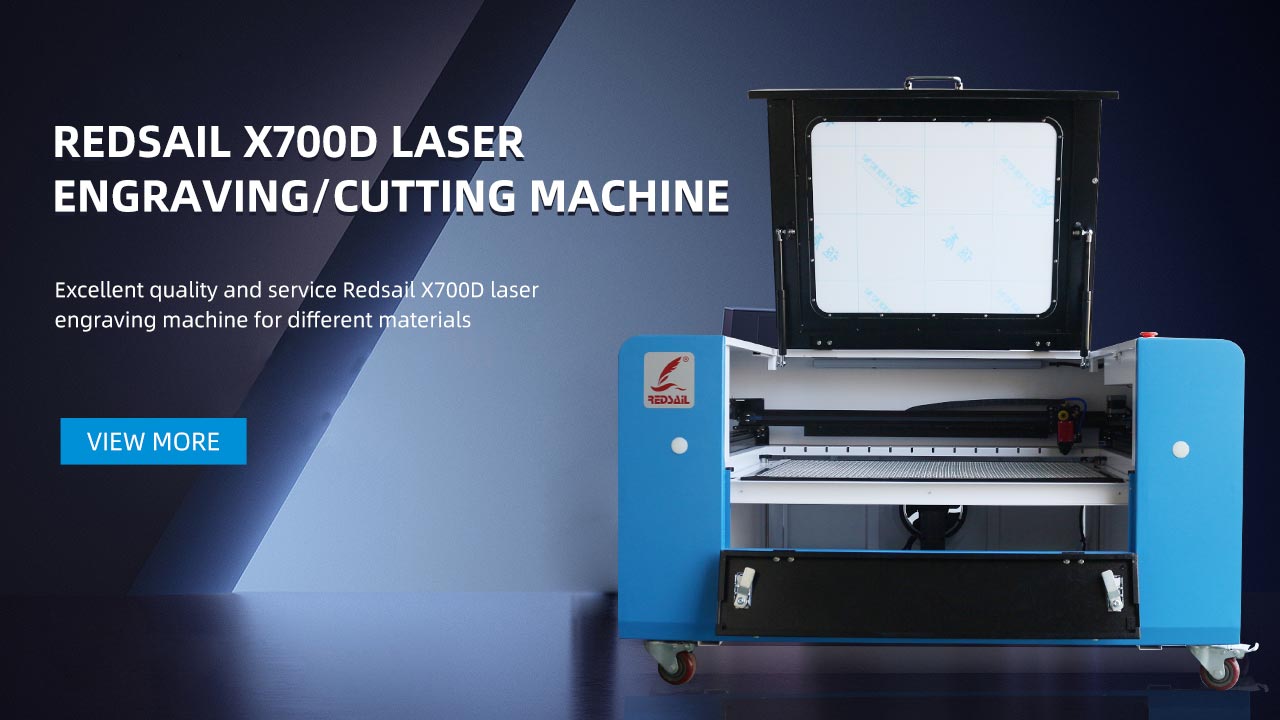What is a PCB laser cutting machine?
It is a laser system used to peel, separate and separate individual circuit boards from arrays of multiple circuit boards on a large panel.
This is an alternative method with distinct advantages over other forms of PCB deboarding such as routers, dicing saws or punches.
PCB laser cutting is a high-power laser beam cutting material based on computer software control parameters.
Other types of common lasers:
Due to the cold ablative nature of the UV wavelength, it is ideal for PCB deboarding as it greatly reduces the heat-affected zone (HAZ), allowing the beam to cut directly to the edge of the board assembly.
Other common lasers, such as CO2 (IR wavelength), generate too much heat and potentially char or carbonize the edges of the board to be considered a viable option for PCB deboarding (not to mention that CO2 lasers cannot cut copper).
Advantages of PCB laser cutting machine:
Stress-free: PCB solder joints are difficult to handle mechanically.
No burrs: The edges of the laser cut boards are smooth and clean, no further processing is required.
Particle Free: The laser does not generate the dust particles that traditional mechanical cutting methods such as chop saws and routers produce.
Thus, any downstream cleaning can be completely eliminated from the production line.
This is especially important for PCBs with optical components such as camera lenses, but also helps reduce failure of onboard sensors.
PCB Laser Cutting Machine Versatility:
Lasers are more versatile than mechanical methods, both in applications and materials.
They are generally capable of cutting, drilling, ablating metal and cutting various PCB materials such as FR4, Rogers microwave substrates, polyimide, sintered ceramics, LTCC and more.
Disadvantages of PCB laser cutting machine:
Slow cycle times: When processing thick materials, laser depaneling typically has slower cycle times than using a mechanical router, however, increasing throughput and eliminating cleaning steps often puts the laser first.
Limited substrate thickness: A maximum substrate thickness of more than 2 mm is generally not recommended. However, this processing envelope will cover the vast majority of all PCBs today.
Initial Investment: The initial equipment investment may be higher than traditional mechanical die cutting or sawing, but when comparing operating costs, the ROI is significantly faster because lasers do not require expensive carbide dies or frequent saw blade replacements.





